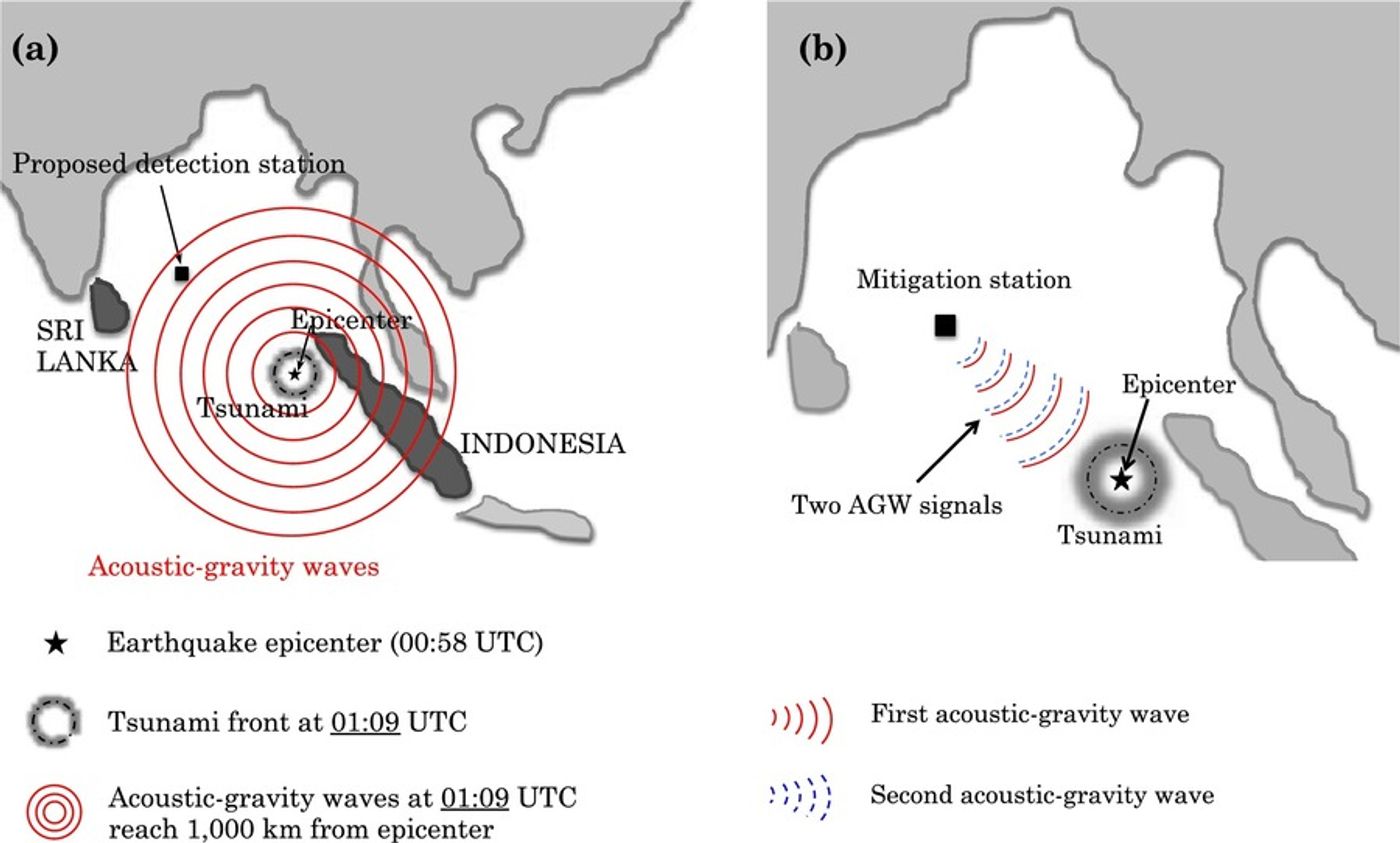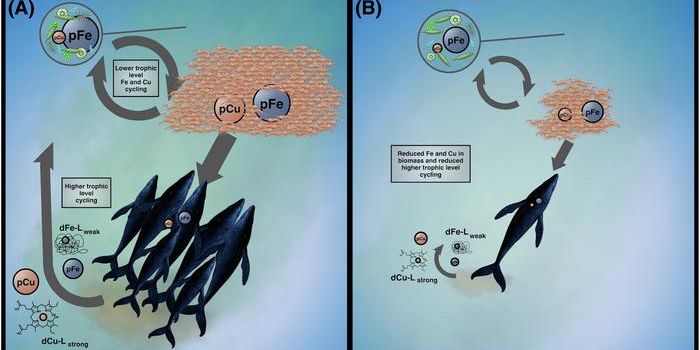Sound Waves Could Stop Tsunamis
Tsunamis are incredibly large waves cause by the displacement of water generated by earthquakes, volcanic eruptions, landslides and other large disturbances. They are among the deadliest natural disasters we have witnessed over the past two decades, killing hundreds of thousands of people and creating profound destruction and environmental effects.
The problem is obvious, how could we stop a tsunami? Dr. Usama Kadri, professor of Applied Mathematics at Cardiff University, believes he has found a way. Tsunamis can reach heights of tens of meters over long distances. By mitigating the energy created in a tsunami, the wave could potentially be downsized and less destructive. Dr. Kadri examined the possibility of redistributing the total energy of a very long surface ocean wave over a larger space through interaction with acoustic–gravity waves.
“Up until now, little attention has been paid to trying to mitigate tsunamis and the potential of acoustic-gravity waves remains largely unexplored,” said Dr. Kadri.
Acoustic–gravity waves (AGWs) are naturally occurring sound waves that move through water at the speed of sound at relatively low frequencies. AGWs form with tsunamis and create pressure disturbances near the surface of the water and in the entire water column of a tsunami. These pressure disturbances can reach the ocean floor where they leave behind measurable pressure signatures, which makes them perfect tsunami precursors. If there were detection stations in areas where tsunamis were most likely thought to occur made up of low-frequency bottom-pressure sensors, scientists would potentially be able to identify a tsunami and its epicenter before impact.
In addition to detecting tsunamis before they hit, AGWs can exchange and share energy with surface ocean waves. This makes them primed to interact with and change the behavior of tsunamis. By creating artificial AGWs and firing two in sequence at a detected tsunami wave, the energy of the tsunami wave would be dispersed and the height and impact of the wave would be reduced.
While the theory behind the wave reduction mechanism is tested and valid, the challenge is in building the technology to create such AGWs accurately and with precision. It might also be possible to use the naturally created AGWs that occur during an event against itself. Either way, initial steps would be to place detector systems in various locations to have a warning system for future events.
Dr. Kadri explains, “In practice, generating the appropriate acoustic-gravity waves introduces serious challenges due to the high energy required for an effective interaction with a tsunami. However, this study has provided proof-of-concept that devastating tsunamis could be mitigated by using acoustic-gravity waves to redistribute the huge amounts of energy stored within the wave, potentially saving lives and billions of pounds worth of damage.”
Sources: Heliyon, Cardiff University









